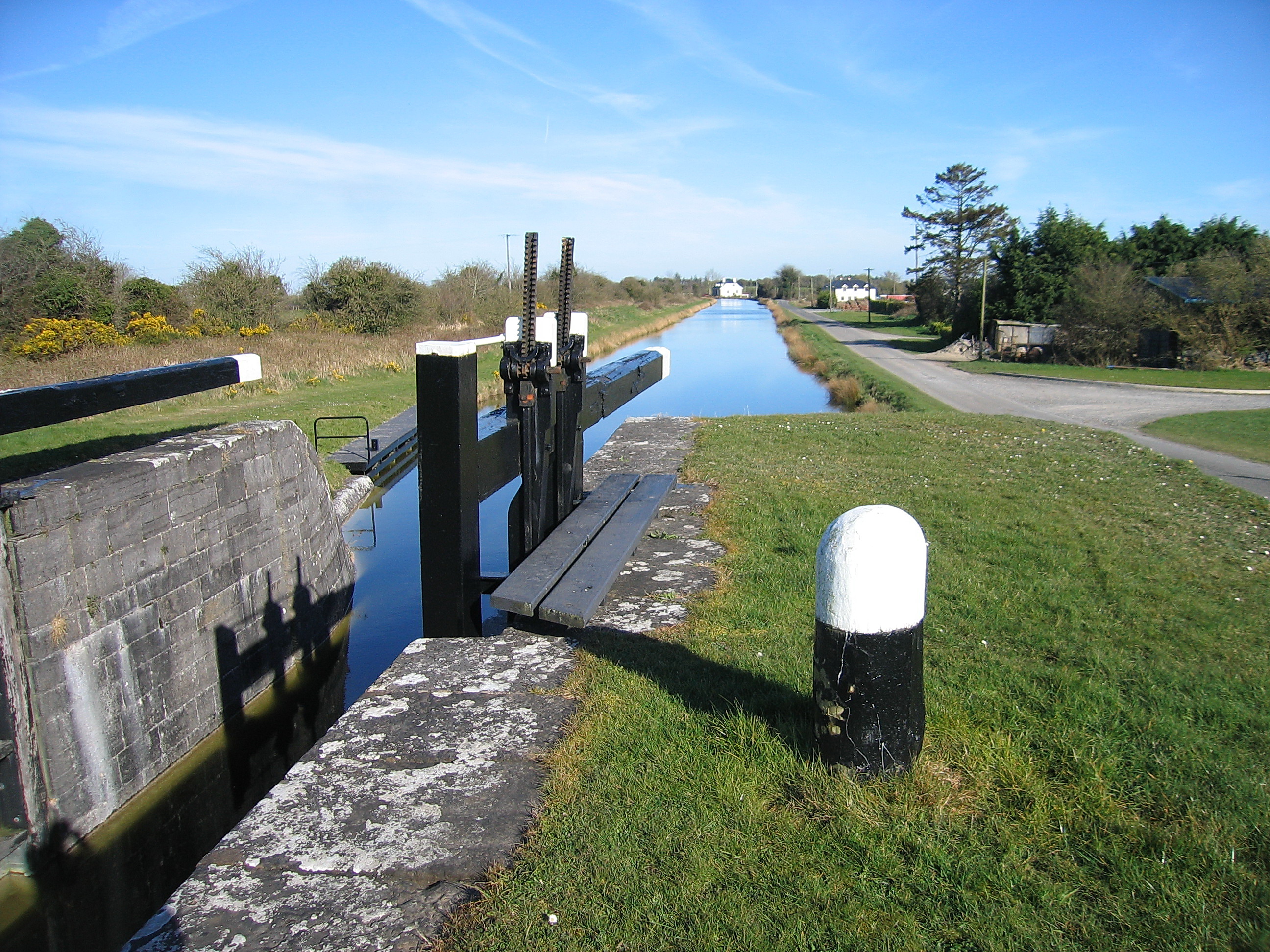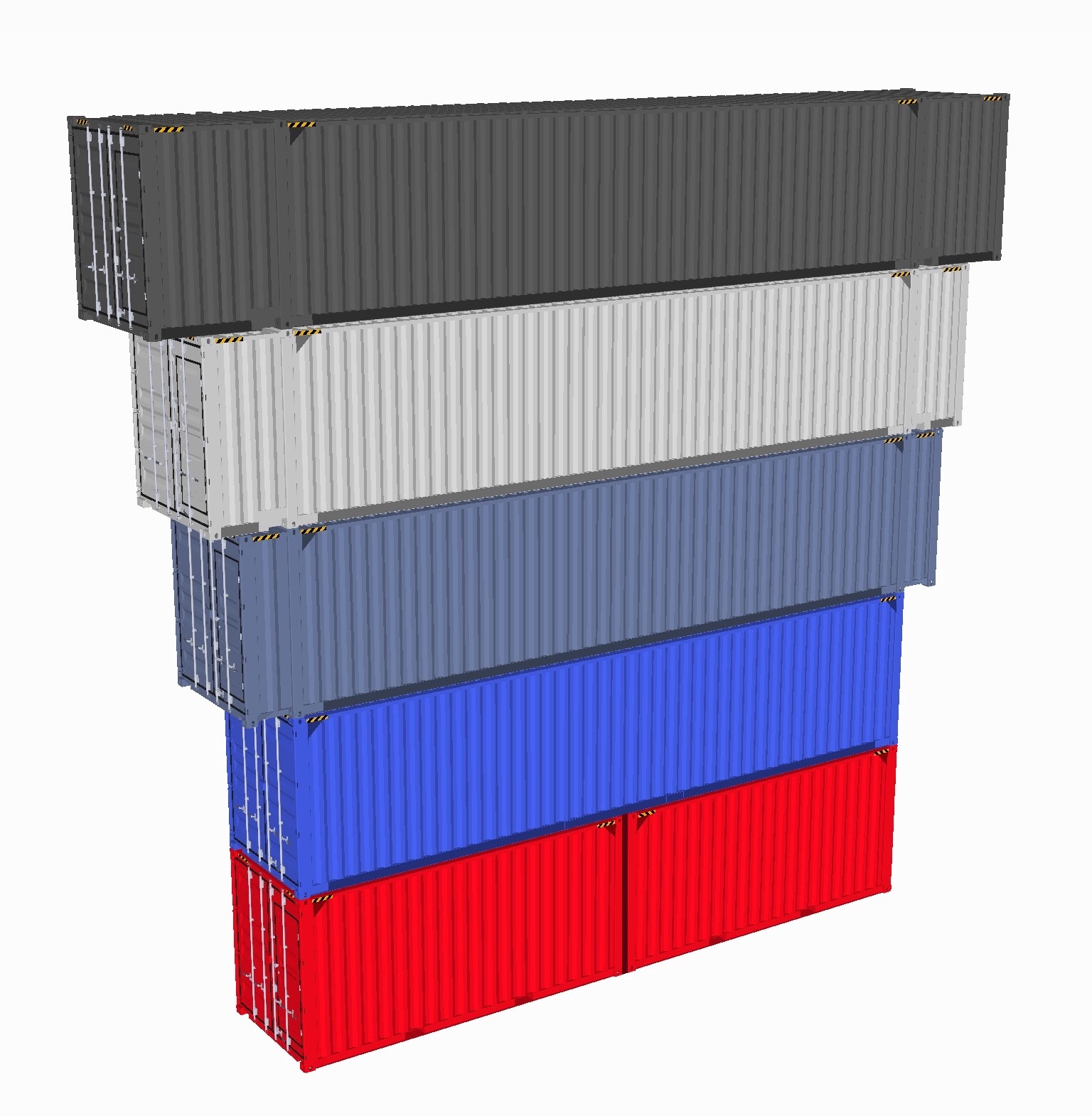|
Ara Canal
The Ara Canal or Gyeongin Ara Waterway (Hangul: ) is a canal in South Korea linking the Han River to the Yellow Sea. It extends from the Seo-gu district in Incheon to the Gangseo-gu district in Seoul. The canal was built to control flooding, improve shipping logistics, and provide recreational opportunities. History During the Goryeo period, Choe I, the son of Choe Chung-heon, attempted to construct a canal close to the present-day canal site, but the project was not technologically feasible. One of the kings of the Joseon dynasty also attempted to construct the canal, but he was also unsuccessful. The modern "Gulpocheon River Waterproof Road" project began in 1992 and sought to address issues with irregular flows and flooding, such as a flood in the summer of 1987 which affected approximately 6,000 residents of the Incheon area. To address the issue, a project to floodproof the river was undertaken, starting with a five-year survey. In 1995, several scenarios for the ... [...More Info...] [...Related Items...] OR: [Wikipedia] [Google] [Baidu] |
Seo-gu, Incheon
Seo District (Seo-gu) is the largest district in Incheon, South Korea. It has an area , and it has the largest area of farmland in Incheon. In the past, Seo-gu was part of 'Buk-gu'. In 1988, a part of the ward was separated to form 'Seo-gu'. History * 1413: Seokgot-myeon, Mowolgot-myeon, Bupyeongdoho-bu * 1895: Seokgot-myeon, Mowolgot-myeon, Bupyeong-gun, Incheon-bu * 1896: Seokgot-myeon, Mowolgot-myeon, Bupyeong-gun, Gyeonggi-do * 1914: Seogot-myeon, Bucheon-gun * April 1, 1940: Included in Incheon-bu * August 15, 1949: Seogot Branch, Incheon * January 1, 1968: Segot Branch, Buk-gu, Incheon * July 1, 1981: Seogot Branch, Buk-gu, Incheon Direct Governing City Seo-gu History * January 1, 1988: Part of Buk-gu absorbed by Seo-gu * March 1, 1995: Annex of Geomdan-myeon, Gimpo-gun, Gyeonggi-do. * January 1, 2002: Division of Geomdan-dong into Geomdan-1-dong and Geomdan-2-dong. * September 1, 2005: Sub-division of Geomdan-1-dong and Geomdan-2-dong into Geomdan-3-dong. * September 1 ... [...More Info...] [...Related Items...] OR: [Wikipedia] [Google] [Baidu] |
Cost–benefit Analysis
Cost–benefit analysis (CBA), sometimes also called benefit–cost analysis, is a systematic approach to estimating the strengths and weaknesses of alternatives. It is used to determine options which provide the best approach to achieving benefits while preserving savings in, for example, transactions, activities, and functional business requirements. A CBA may be used to compare completed or potential courses of action, and to estimate or evaluate the value against the cost of a decision, project, or policy. It is commonly used to evaluate business or policy decisions (particularly public policy), commercial transactions, and project investments. For example, the U.S. Securities and Exchange Commission must conduct cost-benefit analyses before instituting regulations or deregulations. CBA has two main applications: # To determine if an investment (or decision) is sound, ascertaining if – and by how much – its benefits outweigh its costs. # To provide a basis for comparing inve ... [...More Info...] [...Related Items...] OR: [Wikipedia] [Google] [Baidu] |
Water Transport In South Korea
Water (chemical formula ) is an inorganic, transparent, tasteless, odorless, and nearly colorless chemical substance, which is the main constituent of Earth's hydrosphere and the fluids of all known living organisms (in which it acts as a solvent). It is vital for all known forms of life, despite not providing food, energy or organic micronutrients. Its chemical formula, H2O, indicates that each of its molecules contains one oxygen and two hydrogen atoms, connected by covalent bonds. The hydrogen atoms are attached to the oxygen atom at an angle of 104.45°. "Water" is also the name of the liquid state of H2O at standard temperature and pressure. A number of natural states of water exist. It forms precipitation in the form of rain and aerosols in the form of fog. Clouds consist of suspended droplets of water and ice, its solid state. When finely divided, crystalline ice may precipitate in the form of snow. The gaseous state of water is steam or water vapor. Water covers ab ... [...More Info...] [...Related Items...] OR: [Wikipedia] [Google] [Baidu] |
Canals Opened In 2012
Canals or artificial waterways are waterways or engineered channels built for drainage management (e.g. flood control and irrigation) or for conveyancing water transport vehicles (e.g. water taxi). They carry free, calm surface flow under atmospheric pressure, and can be thought of as artificial rivers. In most cases, a canal has a series of dams and locks that create reservoirs of low speed current flow. These reservoirs are referred to as ''slack water levels'', often just called ''levels''. A canal can be called a ''navigation canal'' when it parallels a natural river and shares part of the latter's discharges and drainage basin, and leverages its resources by building dams and locks to increase and lengthen its stretches of slack water levels while staying in its valley. A canal can cut across a drainage divide atop a ridge, generally requiring an external water source above the highest elevation. The best-known example of such a canal is the Panama Canal. Many c ... [...More Info...] [...Related Items...] OR: [Wikipedia] [Google] [Baidu] |
Canals In South Korea
Canals or artificial waterways are waterways or engineered channels built for drainage management (e.g. flood control and irrigation) or for conveyancing water transport vehicles (e.g. water taxi). They carry free, calm surface flow under atmospheric pressure, and can be thought of as artificial rivers. In most cases, a canal has a series of dams and locks that create reservoirs of low speed current flow. These reservoirs are referred to as ''slack water levels'', often just called ''levels''. A canal can be called a ''navigation canal'' when it parallels a natural river and shares part of the latter's discharges and drainage basin, and leverages its resources by building dams and locks to increase and lengthen its stretches of slack water levels while staying in its valley. A canal can cut across a drainage divide atop a ridge, generally requiring an external water source above the highest elevation. The best-known example of such a canal is the Panama Canal. Many c ... [...More Info...] [...Related Items...] OR: [Wikipedia] [Google] [Baidu] |
Marina Port
A marina (from Spanish language, Spanish , Portuguese language, Portuguese and Italian language, Italian : ''marina'', "coast" or "shore") is a Dock (maritime), dock or basin with moorings and supplies for yachts and small boats. A marina differs from a port in that a marina does not handle large passenger ships or cargo from freighters. The word ''marina'' may also refer to an inland wharf on a river or canal that is used exclusively by non-industrial pleasure craft such as canal narrowboats. Emplacement Marinas may be located along the banks of rivers connecting to lakes or seas and may be inland. They are also located on coastal harbors (natural or man made) or coastal lagoons, either as stand alone facilities or within a port complex. History In the 19th century, the few existing pleasure craft shared the same facilities as merchant ship, trading and fishing vessels. The marina appeared in the 20th century with the popularization of yachting. Facilities and services A ... [...More Info...] [...Related Items...] OR: [Wikipedia] [Google] [Baidu] |
Eight Views
The Eight Views (in ; ja, 八景, hakkei and Korean: ) is an East Asian term used to allude to the most beautiful or otherwise significant scenes of a certain area. It is a term often used in East Asia. Historically, various series of eight views were produced; in some cases, such as in the ''Eight Views of Xiaoxiang'' multiple series, a whole artistic tradition was developed, with a number of artists doing versions of the series. Series of eight views typically appeared in poetry and paintings in the olden times; and now, they may appear in local governments' advertisements to tourists. The Eight Views The general "eight views", which have no particular order, are: *Night Rain () :*Mandarin: :*Cantonese: :*Japanese: *Descending Geese () :*Mandarin: :*Cantonese: :*Japanese: *Clearing Weather () :*Mandarin: :*Cantonese: :*Japanese: *Evening Bells () :*Mandarin: :*Cantonese: :*Japanese: *Sunset Glow () :*Mandarin: :*Cantonese: :*Japanese: *Evening Snow () :*Mandarin ... [...More Info...] [...Related Items...] OR: [Wikipedia] [Google] [Baidu] |
One Of The Park In Ara Canal
1 (one, unit, unity) is a number representing a single or the only entity. 1 is also a numerical digit and represents a single unit of counting or measurement. For example, a line segment of ''unit length'' is a line segment of length 1. In conventions of sign where zero is considered neither positive nor negative, 1 is the first and smallest positive integer. It is also sometimes considered the first of the infinite sequence of natural numbers, followed by 2, although by other definitions 1 is the second natural number, following 0. The fundamental mathematical property of 1 is to be a multiplicative identity, meaning that any number multiplied by 1 equals the same number. Most if not all properties of 1 can be deduced from this. In advanced mathematics, a multiplicative identity is often denoted 1, even if it is not a number. 1 is by convention not considered a prime number; this was not universally accepted until the mid-20th century. Additionally, 1 is th ... [...More Info...] [...Related Items...] OR: [Wikipedia] [Google] [Baidu] |
Flood Prevention
Flood control methods are used to reduce or prevent the detrimental effects of flood waters."Flood Control", MSN Encarta, 2008 (see below: Further reading). Flood relief methods are used to reduce the effects of flood waters or high water levels. Flooding can be caused by a mix of both natural processes, such as extreme weather upstream, and human changes to waterbodies and runoff. Though building hard infrastructure to prevent flooding, such as flood walls, can be effective at managing flooding, increased best practice within landscape engineering is to rely more on soft infrastructure and natural systems, such as marshes and flood plains, for handling the increase in water. For flooding on coasts, coastal management practices have to not only handle changes water flow, but also natural processes like tides. Flood control and relief is a particularly important part of climate change adaptation and climate resilience, both sea level rise and changes in the weather (climate cha ... [...More Info...] [...Related Items...] OR: [Wikipedia] [Google] [Baidu] |
Twenty-foot Equivalent Unit
The twenty-foot equivalent unit (abbreviated TEU or teu) is an inexact unit of cargo capacity, often used for container ships and container ports.Rowlett, 2004. It is based on the volume of a intermodal container, a standard-sized metal box which can be easily transferred between different modes of transportation, such as ships, trains, and trucks. The container is defined by its length, although the height is not standardized and ranges between and , with the most common height being . It is common to designate a container as 2 TEU, rather than 2.25 TEU. Forty-foot equivalent unit The standard intermodal container is designated as twenty feet long (6.1m) and wide. Additionally there is a standard container with the same width but a doubled length of forty feet called a 40-foot (12.2m) container, which equals one forty-foot equivalent unit (often FEU or feu) in cargo transportation (considered to be two TEU, see below). In order to allow stacking of these types a forty-fo ... [...More Info...] [...Related Items...] OR: [Wikipedia] [Google] [Baidu] |
Confirmation Bias
Confirmation bias is the tendency to search for, interpret, favor, and recall information in a way that confirms or supports one's prior beliefs or values. People display this bias when they select information that supports their views, ignoring contrary information, or when they interpret ambiguous evidence as supporting their existing attitudes. The effect is strongest for desired outcomes, for emotionally charged issues, and for deeply entrenched beliefs. Confirmation bias cannot be eliminated, but it can be managed, for example, by education and training in critical thinking skills. Biased search for information, biased interpretation of this information, and biased memory recall, have been invoked to explain four specific effects: # ''attitude polarization'' (when a disagreement becomes more extreme even though the different parties are exposed to the same evidence) # ''belief perseverance'' (when beliefs persist after the evidence for them is shown to be false) # the ''irr ... [...More Info...] [...Related Items...] OR: [Wikipedia] [Google] [Baidu] |
Korea Development Institute
The Korea Development Institute (KDI) is a Korean government agency established in 1971 to conduct policy research. KDI has conducted research on a broad range of economic and social issues, including macroeconomics policy, fiscal policy, and labor. Timeline * 31 December 1970: Promulgation of Act establishing KDI (Law No.2247) * 11 March 1971: Establishment of KDI * 1982: Installation and operation of the International Development Exchange Program (IDEP) * 6 May 1982: Opening of the Korea Economic Institute (KEI) Washington D.C. Office in US * 15 November 1990: Launching of the North Korean Economic Research Center * 27 December 1991: Establishment of the Center for Economic Information * 9 March 1994: Launching of the Center for Legal and Economic Research * 5 December 1995: Act on KDI amended establishing KDI Graduate School (No.5047) * 5 December 1997: Opening of the KDI School of International Studies * 18 September 1998: 'Center for Economic Education', changed to 'Center ... [...More Info...] [...Related Items...] OR: [Wikipedia] [Google] [Baidu] |






